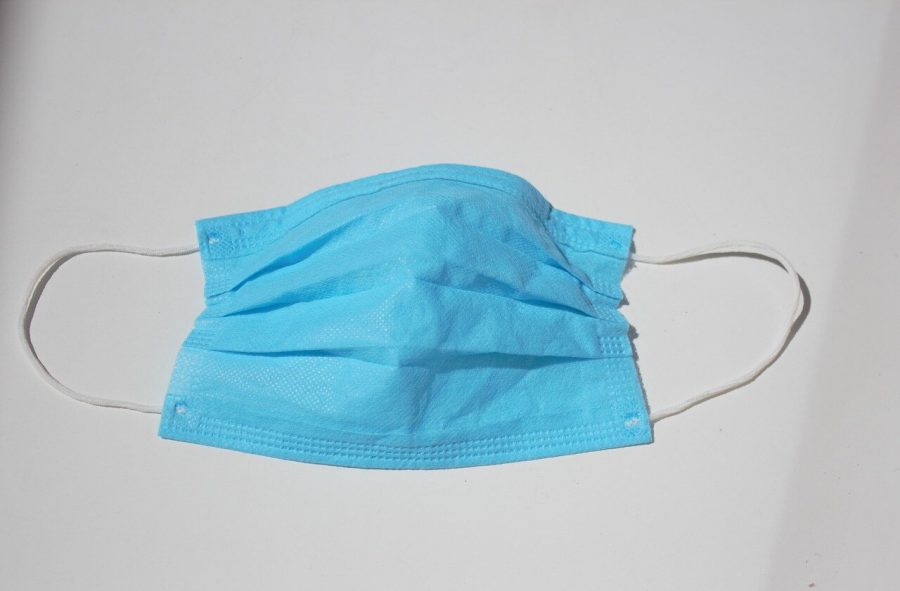WHO changes stance on face masks and condones its usage worldwide
June 20, 2020
The World Health Organization announced that citizens should wear masks as a means of lessening the chance of contracting the coronavirus on June 5. Their decision came after months of refusing to support scientists and health officials around the globe who recommended the use of masks.
Now, the WHO argues that masks are necessary to combat the coronavirus. With many countries already ravaged by the virus — like Italy, Germany, France and the United States — it begs the question as to why the WHO chose to suddenly change their stance on the issue.
For months, the WHO did not advocate for the use of masks.
“The organization had previously said there wasn’t enough medical evidence to support members of the public wearing a mask unless they were sick or around people with the coronavirus. The widespread wearing of masks might lead to a mask shortage for medical workers and create a false sense of security in the public, WHO officials had said,” according to WebMD.
The WHO continued to maintain this reasoning, even as other countries urged citizens to wear masks. A major reason for this is that the WHO is not able to stay up to date on ongoing research and findings. Thus, though it is meant to be a leader in the field of health, it finds itself stumbling behind when issuing public guidelines.
The WHO’s scientists normally allocate careful planning and research in order to sift through scientific findings and filter out misinformation. With the urgency of the pandemic and the uncertainty surrounding COVID-19, the WHO has been forced to publish its research without checking it over. This results in misinformation between the organization and the rest of the world.
“The WHO has said repeatedly that small airborne droplets, or aerosols, are not a significant factor in the pandemic’s spread, although a growing body of evidence suggests that they may be,” according to The New York Times.
Now, it is well known that the coronavirus could quickly spread through droplets in the air.
In fact, reports as far back as March expressed that the coronavirus can spread through airborne droplets. From sneezing to coughing to even just talking, these droplets can be inhaled by others. Thus, scientists advised civilians to not just wear masks in public, but also stay at least six feet apart to have a barrier keeping individuals’ airflow clear.
While the WHO supports the concept that the coronavirus spreads through droplets, they are not as certain on the aerosol aspect,, contrary to the beliefs of most in the scientific community.
“In the mind of scientists working on this, there’s absolutely no doubt that the virus spreads in the air,” aerosol scientist Lidia Morawska of the Queensland University of Technology in Australia tells Nature.
“This is a no-brainer,”’ according to The Scientist.
Despite their stance, the WHO still updated its official website to include guidelines on wearing masks in public. One of these changes is that all hospital staff, regardless of whether they work with COVID-19 patients or not, must wear medical masks as well.
Those over the age of 60 must also wear masks, especially in densely populated areas. In general, civilians should wear non-medical masks in spaces where social distancing is difficult such as on public transportation like trains or buses.
Certain work environments like offices, also make it difficult to properly social distancing. Thus, it is safer if employees and employers wear face masks.
Even in more open environments, like construction sites, it is a good precautionary measure to have workers wear a face mask.
Additionally, the WHO “has released new guidance on cloth masks, recommending that they consist of at least three layers of different materials: an inner layer being an absorbent material like cotton, a middle layer of non-woven materials such as polypropylene (for the filter) and an outer layer, which is a non absorbent material such as a polyester or a polyester blend,” according to the World Economic Forum.
The multiple layers provide extra measures that ensure the coronavirus will not spread through droplets. This is especially essential with the ongoing protests, as the virus could spread through the droplets released when coughing or crying from tear gas, shouting or sneezing caused by pepper spray.
The WHO’s website also features videos and infographics that dictate how to make the threelayered masks at home. It also includes details on which fabrics to use, when to wear a mask and which type an individual should wear one.
Though the organization did receive criticism for its delay in approving mask usage, it now seeks to correct this error by demonstrating the importance of wearing them through its website. From walking in a supermarket to working in an office, the WHO has made it clear that people should be wearing masks at all times.








